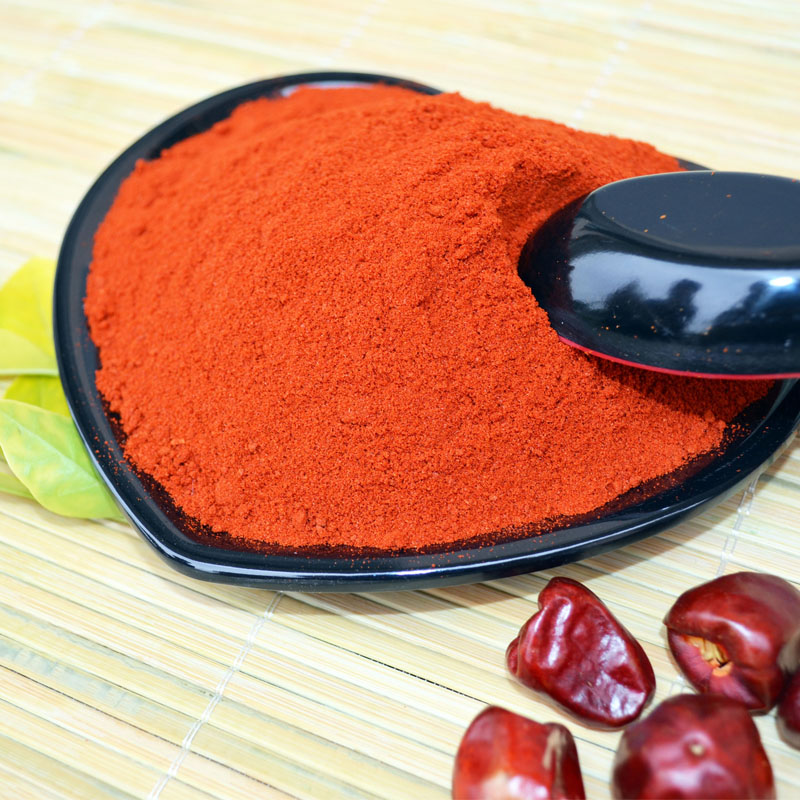- No. 268 Xianghe Street, Economic Development Zone of Xingtai city, Hebei 054001 China
- Byron@hbhongri.cn
Exploring the Rich Culture and Unique Flavors of Chilean Cuisine and Traditions
Exploring the Chile Pod A Deep Dive into One of Nature's Most Unique Offerings
When we think of interesting edible plants, we often picture the vast arrays of vegetables, fruits, and herbs that fill our grocery stores and farmers' markets. Yet, there exists a unique and captivating member of the plant kingdom that deserves more attention the chili pepper, or more colloquially known as the Chile Pod. This article aims to explore the rich heritage, culinary significance, and health benefits of chili peppers, specifically focusing on their role in diverse cuisines around the world.
The Origins of Chile Peppers
Chili peppers belong to the Capsicum genus, which encompasses a wide variety of species, including sweet bell peppers and fiery hot varieties. Native to the Americas, these vibrant fruits have been cultivated for thousands of years. Archaeological evidence suggests that chili peppers were domesticated over 6,000 years ago in Mexico, where they were integral to the diets and agricultural practices of early civilizations.
The spread of chili peppers beyond the Americas began with the Columbian Exchange. European explorers transported these pods to various parts of the world, leading to their incorporation into local cuisines across Asia, Africa, and Europe. Today, they are a staple ingredient in many dishes, enhancing flavor and providing that characteristic heat that many food enthusiasts crave.
Culinary Uses and Varieties
Chili peppers come in a multitude of shapes, sizes, colors, and heat levels, each contributing differently to culinary applications. From the mild sweetness of a bell pepper to the intense heat of a Carolina Reaper, the diversity of chile pods enables countless creative uses in the kitchen.
In Mexican cuisine, chiles are used in dishes like mole, a rich sauce that requires various dried chiles to achieve its complex flavors. In Thai cooking, bird's eye chiles are essential in many curries and salads, imparting a distinct heat and vibrant color. Indian cuisine utilizes a variety of dried and fresh chiles, ranging from Kashmiri chiles, which offer color without overwhelming heat, to the fiery Bhut Jolokia, also known as the ghost pepper.
Moreover, chili peppers are essential in preserving foods. The fermentation of hot chiles into sauces, such as Sriracha, enables a delightful combination of flavor and preservation. The increasing popularity of hot sauces around the globe signifies a growing appreciation for the nuanced flavors and heat that chile pods can bring to meals.
the chile pod

Health Benefits of Chile Peppers
Beyond their culinary appeal, chili peppers are renowned for their health benefits. A key active compound found in many chili varieties is capsaicin, which contributes not only to the heat but also to numerous health perks. Research has shown that capsaicin can help boost metabolism, reduce inflammation, and even alleviate pain.
Additionally, chiles are packed with vitamins and minerals. They are excellent sources of vitamin C, vitamin A, and various antioxidants, making them beneficial for immune system support and overall health. The consumption of chili peppers has also been linked to improved heart health, lower blood pressure, and a reduced risk of certain chronic diseases.
Chili Peppers in Culture
Chili peppers hold significant cultural importance in many societies. Festivals celebrating the harvest of these fruits can be found in various regions, where local farmers showcase their prized varieties. In countries like Mexico, chiles are not only a food source but also an integral aspect of cultural identity. The vibrant colors, flavors, and heat of chiles embody the spirit of celebration and community.
In art and literature, the imagery of chili peppers can symbolize passion, heat, and zest for life. From murals to folk tales, these colorful pods resonate deeply within cultural narratives, illustrating their significance beyond their culinary uses.
Conclusion
In conclusion, the chile pod is much more than just a spice; it is a symbol of heritage, health, and creativity in the kitchen. As we explore the world of chile peppers, we uncover the rich tapestry of history, culture, and flavor that they represent. So whether you enjoy a subtle hint of heat or the blistering fire of a hot variety, consider the implications and contributions of these remarkable plants. The next time you reach for a chile pod, appreciate not just the flavor it brings but also the vast cultural and nutritional heritage it carries with it.
-
Turmeric Rhizome Powder: A Golden Treasure from Roots to TableNewsJul.28,2025
-
The Versatile Application Of Crushed Red Hot Peppers: Lighting Up The Red Flames On The Dining TableNewsJul.28,2025
-
The Paprika: A Touch Of Vibrant Red In Color, Flavor, And CultureNewsJul.28,2025
-
Ground Turmeric: A Modern Examination of an Ancient SpiceNewsJul.28,2025
-
Capsicum Liquid Extract: Features, Applications, and ChallengesNewsJul.28,2025
-
Application of Capsicum Liquid Extract in FoodNewsJul.28,2025







